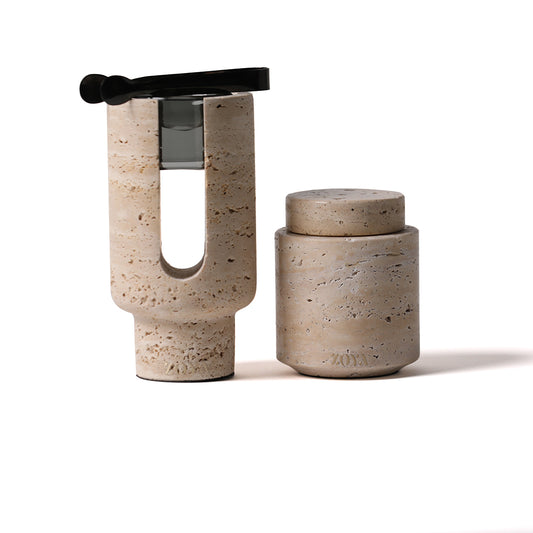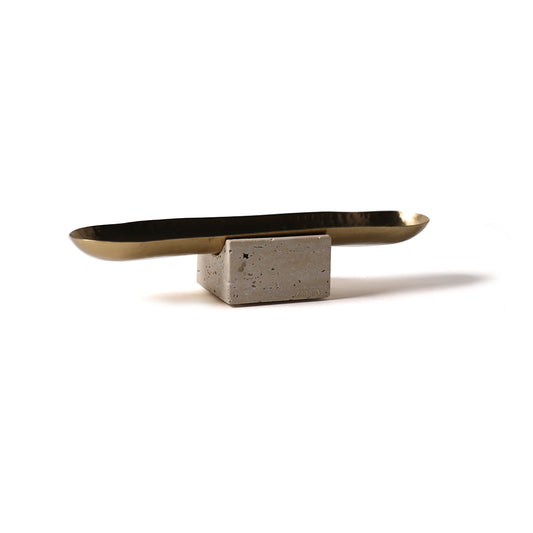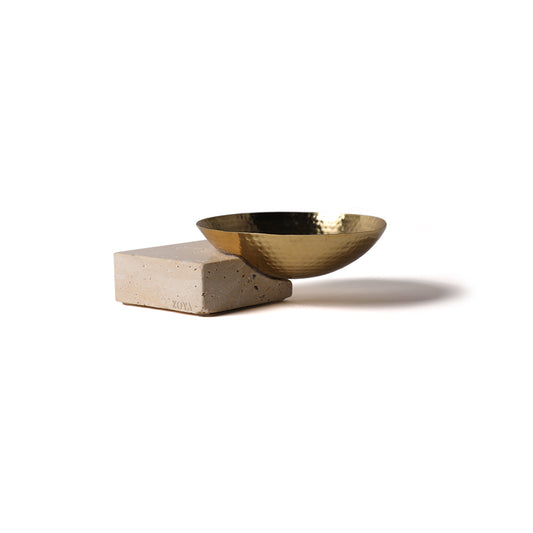TRAVERTINE
Born near hot springs or limestone caves, Travertine creates some of the most breathtaking landscapes like Pamukkale thermal pools or labyrinthic caves full of stalactites acting as sculptures of nature.
A testimony of its craftsmanship.
And just like nature, Humanity has used Travertine to build cities and monuments for thousands of years.
Almost as if trying to emulate, pay tribute to, and surpass the artistry of nature itself.
Travertine is one of the building blocks of Ancient Rome, you can still see it in its cobblestones, bridges, and some of the most iconic monuments like St. Peter’s Basilica and the Colosseum.
Proving its elegance, flexibility, and durability.
One of its most distinctive features is the naturally occurring pores (giving the stone a sponge-like look) formed as water passes through the stone depositing the calcium carbonate that makes up the stone.
How To Care For Travertine
Travertine is very easy to maintain, easier than granite and marble.
Warm water, gentle cleaners (no harsh chemicals like bleach), and a microfiber rag or mop are enough to maintain travertine.
Once you've wiped the surface with this, you can get rid of the moisture on it with a dry microfiber rag or mop.




